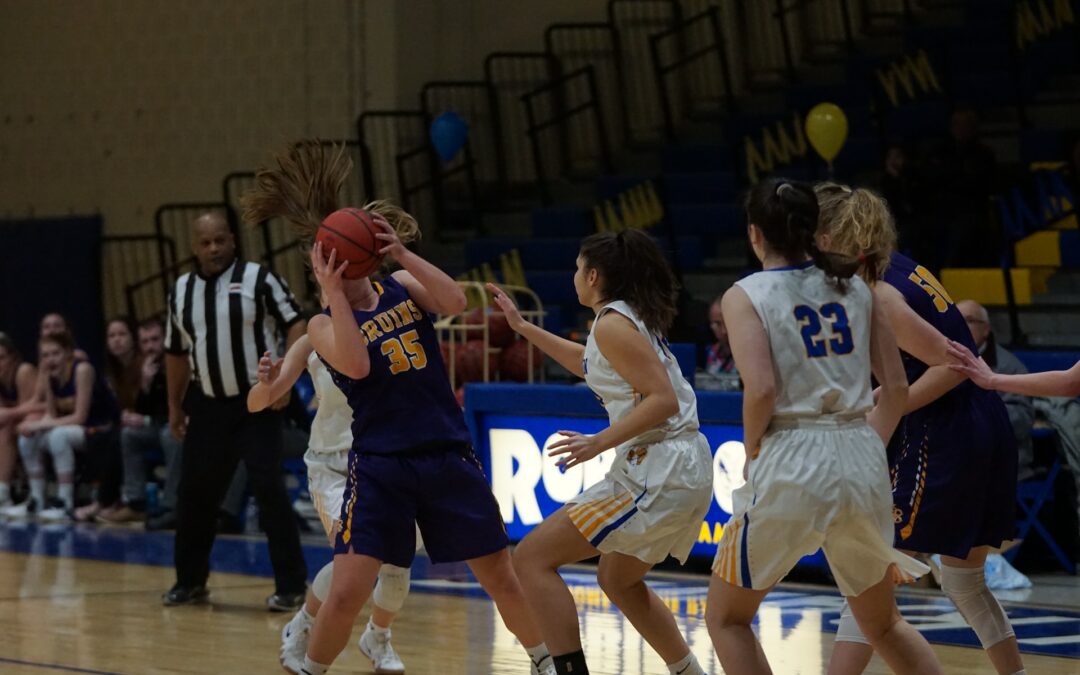When it comes to coaching youth basketball, one of the most critical decisions you’ll make is choosing the right defensive strategy for your team. In this article, we will discuss the importance of tailoring your defense to your team’s strengths and abilities, rather than trying to force your players into a one-size-fits-all defensive scheme.
The Pitfall of Trying to Fit a Youth Basketball Team into a Defense
In the world of basketball coaching, it’s not uncommon for coaches, especially those new to the game, to make the mistake of picking a defensive strategy first and then attempting to fit their team into it. This approach rarely leads to success.
When you force your players into a defensive system that doesn’t suit their skills and abilities, it’s a recipe for failure. Your team may struggle, and your players may become frustrated, making it difficult to achieve your goals.
Analyze Your Team’s Abilities
The first step in selecting the right defense for your team is to thoroughly analyze your players’ abilities and strengths. Take a close look at the skills and attributes that make your team unique. Here are a few examples of how to assess your team:
- Size and Strength: Consider whether you have dominant big players, quick and agile guards, or a mix of both.
- Aggressiveness: Evaluate how aggressive your team is. Are they known for their tenacity on the court?
- Skill Sets: Take stock of the specific skills your players possess, such as shot-blocking, steals, or perimeter defense.
Tailoring Your Defense to Your Team
Once you’ve conducted a comprehensive analysis of your team, the next step is to choose a defensive strategy that complements their strengths. Here are a few examples of how to match your team’s abilities with the right defensive system:
- The 1-3-1 Zone Defense: If you have a dominant big player, the 1-3-1 zone defense can be an excellent choice. This system places your big player in a pivotal role, making it challenging for opponents to attack the basket.
- The Pack Line Defense: If your team is quick, undersized, but highly aggressive, the pack line defense is a strong option. This system focuses on protecting the paint and can be very effective with players who can apply constant pressure on the ball.
- The 3-2 Zone Defense: When you have three solid and aggressive guards, the 3-2 zone defense is a good choice. This system allows your guards to disrupt passing lanes and create turnovers, capitalizing on their skills.
The Key to Success
In conclusion, the key to success in basketball coaching is to tailor your defense to your team’s abilities rather than trying to fit your team into a pre-determined system. Understanding your players’ strengths and weaknesses and selecting a defense that complements those attributes is the path to achieving optimal results on the court.
As a coach, take the time to analyze your team thoroughly, and remember that the right defense can maximize what your players can do. With the right strategy in place, you can increase your team’s chances of success on the basketball court.
Related: The Key Traits of Exceptional Leaders in Basketball
Resources:
Coach Unplugged Podcast:

Ep 1858 Zone and Pressure Defense Discussion
If you found this useful, don’t forget to check out additional blog posts at TeachHoops.com. Also, check out TeachHoops on Facebook, Twitter, Instagram and YouTube.



